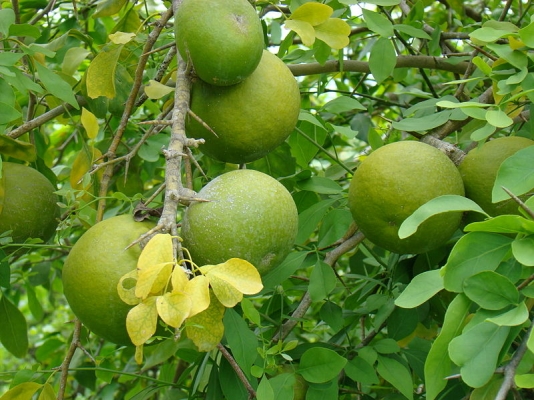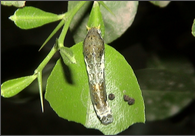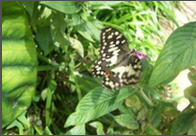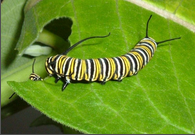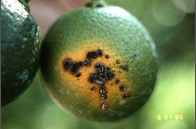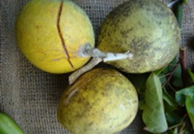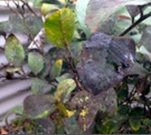Pant Shivani: Found in early mid-season. Trees are tall, vigorous, dense, upright growth, precocious and heavy bearer. The weight of fruit ranges from 1 to 2kg.
Pant Urvashi: It is mid-season variety. Trees are tall, vigorous, dense, upright growth, precocious and heavy bearer. Fruits are ovoid, oblong. The fruit weight ranges from 1.5 to 1.6 kg.
Pant Aparna: Its trees are dwarf with drooping flowers, almost thornless, precocious and heavy bearer. The leaves are large, dark green and pear shaped. Fruits are globose in shape with average weight 600-800gm.
Pant Sujata: Trees are medium dwarf with drooping and spreading foliage, dense, precocious and heavy bearer.
Narendra Bael-6: Fruit size is medium with about 600g of weight. The surface is rounding smooth having soft flesh with low mucilage content. They are mild acidic and good in taste.
Narendra Bael-5: it has the medium fruits and fruit size is 900gm-1kg. Flesh is very tasty and soft.
Other state varieties:
Narendra Bael (NB) 1 and Narendra Bael (NB) 2 are most useful and good yielding variety.
Narendra Bael (NB)-7:- Fruit size is very large, flattened round greenish grey in color.
Narendra Bael (NB)-9: - Fruits of this variety are large in size, having oblong shape with low fibre and seed content.
Narendra Bael (NB)-16:- Prolific bearing, fruits are elliptical round in size having yellow pulp with low fibre content.
CISH B-1: - It is a mid-season variety which matures in April-May. The fruits of this variety are oval-oblong in shape. The fruits are average in size having weight of 1.0kg and are the pulp is dark yellow in color with good flavoring taste. When tree matures it has 50-80kg of weight.
CISH B-2: - It is a dwarf variety and moderately spread. The fruits are oblong-oval in shape and are average in size having 1.80-2.70kg of weight. The pulp is orange yellow in color with good taste. They have low fiber and seed content. The tree at maturity bears upto 60-90kg weight.

